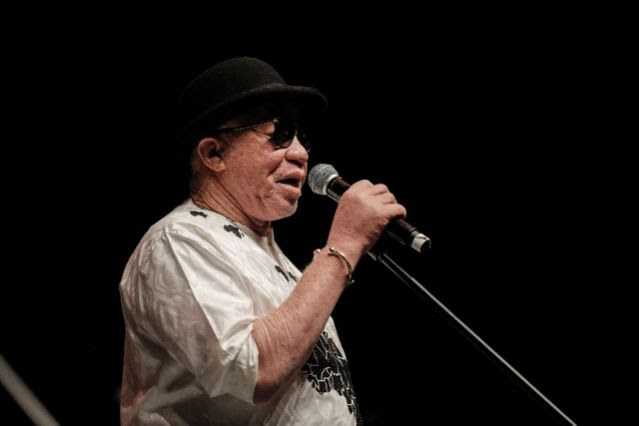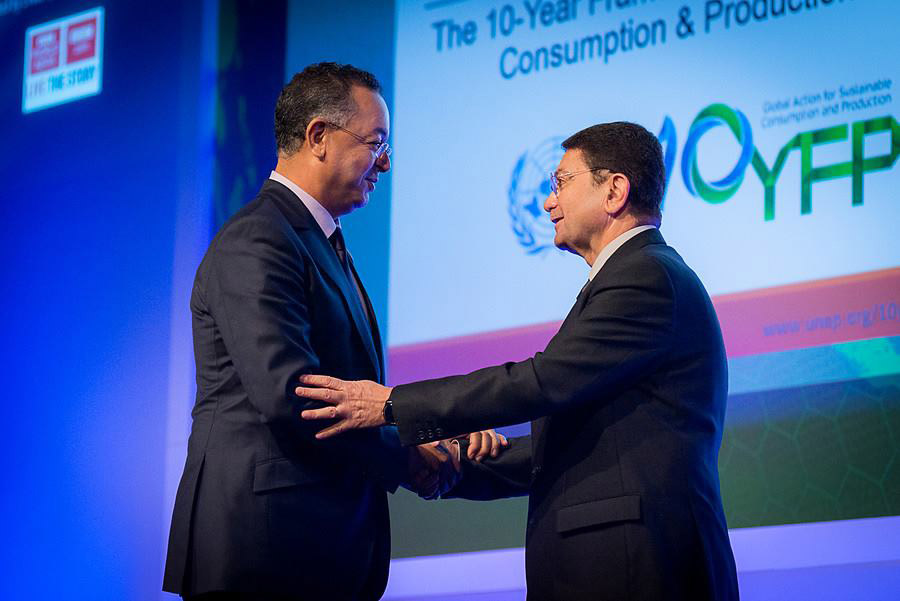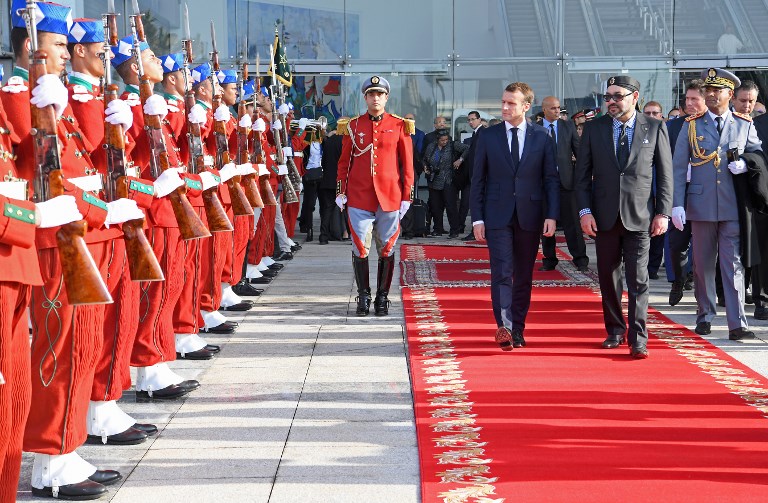Yahoo
AFP
Many African music legends come from Mali, such as Salif Keita (AFP Photo/GULSHAN KHAN )
Bamako (AFP) – The largely desert Western African nation of Mali is one of the world’s poorest countries, plagued by jihadist attacks.
Ahead of presidential elections on July 29, here is some background.
– Sahel, Sahara –
Hot, dry and flat, Mali is in the semi-arid Sahel belt, its north jutting well into the Sahara Desert.
It is large and landlocked with most of its sparse population of nearly 18 million (World Bank 2016) in the south where the Niger River flows.
The Muslim-majority, French-speaking nation — independent from France since 1960 — is home to around 20 ethnic groups.
After coups and coup attempts, Alpha Oumar Konare in 1992 became Mali’s first democratically elected president, stepping down in 2002.
The current president, Ibrahim Boubacar Keita, was elected in 2013.
– Rebellions, jihadists –
The nomadic Tuareg people of the Sahara have revolted for decades against the domination of black populations in the south.
Their 1990-1994 rebellion left more than 1,000 dead before a peace treaty to end their struggle for self-rule.
But in 2006 several hundred former rebels, many of whom had been integrated into the army, returned to the bush to lead a campaign of attacks and hostage-takings, until a ceasefire in 2009.
A new Tuareg rebellion sprung up in 2011 and president Amadou Toumani Toure was ousted in 2012 by soldiers angry at his government’s “inability” to put down the insurrection.
The conflict was hijacked by Al-Qaeda-linked groups, who overran much of northern Mali.
– France at the forefront –
France launched ongoing military operations in January 2013 that partially ousted the extremists. Months later they were joined by a UN peacekeeping force, MINUSMA, which numbers around 15,000.
A new peace accord was reached with the Tuareg-led rebel alliance in 2015 but entire areas remain outside the control of Malian and foreign forces.
The violence has since spread into central Mali, fuelling pre-existing communal conflicts. It has also spilled into neighbouring Burkina Faso and Niger.
This prompted the launch in 2017 by the G5 Sahel regional grouping (Burkina Faso, Chad, Mali, Mauritania and Niger) of a joint anti-jihadist force, designed to operate primarily alongside France’s 4,000 troops and the UN in the troubled “tri-border” area where Mali, Niger and Burkina Faso meet.
The G5 force aims to have a total of 5,000 troops but has faced funding problems and lack of equipment and has had little impact in the fight against jihadists so far.
– Poverty, cotton producer –
Population increases and drought have led to food shortages, poverty and instability, the World Bank says, even though Mali has recorded growth of more than five percent for several years.
Unemployment is high and nearly 50 percent of the population live on less than $1.90 or less a day, according to the United Nations.
The country was 13 from last on the 2016 UN Human Development Index that compares life expectancy, education and standard of living in 188 countries.
Life expectancy is 58 (World Bank) while only less than a third of over 15s can read and write, according to national statistics.
With a little-diversified economy, the country returned in 2017-2018 as Africa’s main cotton producer with 700,000 tonnes. Another notable production is cashew nuts.
– Fabled Timbuktu –
The northern desert city of Timbuktu is an ancient Islamic centre of learning celebrated for its tens of thousands of manuscripts some from the 12th century.
In 2012 Al-Qaeda-linked militants destroyed 14 of its mausoleums that dated back to its golden age in the 15th and 16th centuries. They were restored with the help of UNESCO, which lists the city as a site of world heritage.
Many African music legends come from Mali, such as Salif Keita, Rokia Traore and the duo Amadou and Mariam, as do world-renowned photographers like Seydou Keita and Malick Sidibe.





